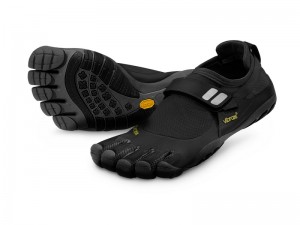As we roll in to the middle of the semester, I'm starting to get a clearer picture of the hard data (grades) from what I have observed via anecdotal evidence. There's a clear Gaussian distribution of students of what I would call the average 70%, with 15% on either tail, making up the very good and very poor students. So far, I'm very pleased with this for a number of reasons.
The pressures to curve the class are non-existent. This is pretty important to me because that's a direct correlation to whether I have the class on the right trajectory. I feel like the average engineering student should be getting between an 80 and a 90 in a class, with the below average in the 70s and the above average in the 90s. If the entire class is in the 90s, then I'm not making the material difficult enough for the very good students and that's a disservice to them. If everyone is failing during the midterm, not only is there pressure to curve the class upward but it also drops morale, which can erode student confidence and evaluation scores.
Most students are pleased with the class, based on informal polling. I ask for feedback anonymously (or not if the student doesn't mind) after every large assignment. A handful of students use this to vent with things like "this assignment sucks" and "I didn't learn any of this crap". But the majority of the responses have been positive in the form of constructive criticism. Comments like "I think this aspect wasn't explained clearly and the notes were equally unclear. Can you give a better example next time?" are things that I can directly use during the next course to make improvements. Also, after these assignments, I do let students know about some of the changes for subsequent semesters so they know their comments haven't fallen on deaf ears. I'm thinking this could be a key part to get good evaluations which always looks better than bad evaluations.
I feel like I've covered more material and required more work from the students and they've responded positively. I've added some changes from previous semesters, beefed up the writing requirements, and had more lectures. Students have grumbled a little bit (who doesn't love more work) but most have grudgingly admitted it's been for their benefit. This also means I have a heavier time commitment for this class than previous semesters under different instructors but I think it's been positive for both the students and myself.
Now, with that said, there's definitely room for improvement. I've been waiting until the last minute to make up assignments and lab manuals, which is not a good trend to start. Also, there are a few more topics I should have covered during the lecture part of the course which would have benefited the students and probably saved me a few headaches. I've been late on getting information to the TAs but I don't require grading from the TAs so I don't think they're totally mad at me yet.
Overall, I'm fairly pleased so far. I only hope that I can keep this up for the rest of the semester and have the students be successful in the course.
